Service hotline
+86 0755-83975897
Release date:2024-11-01Author source:KinghelmViews:1605

The Internet of Things (IoT) is a concept that has gained significant popularity over time. Much like how the internet connects people for communication, the IoT aims to connect objects with one another. Both the internet and IoT share the ultimate goal of achieving seamless connectivity among everything.
Many electronic devices we encounter daily already implement IoT functionalities. From automobiles—especially electric vehicles, which rely on IoT for smart networking—to home devices like smart TV boxes, light bulbs, and even children's toys, all these can connect to the broader network.
At the heart of IoT is wireless technology, and antennas serve as the vital components for wireless communication. Even the tiniest electronic tags are equipped with antennas.
Choosing the right antenna is crucial in the design of IoT devices. In this article, we will summarize the types of antennas commonly used in IoT devices and highlight why you should consider Kinghelm antennas for your needs.
i. Common Communication Methods and Frequencies in IoT
The coverage range and operational frequency of IoT devices are key factors in selecting an appropriate antenna. For instance, household appliances typically need to cover a smaller area, while smart cars may require connectivity over longer distances.
Some prevalent communication methods for IoT devices include RFID/NFC, Bluetooth, WiFi, ZigBee, LoRa, and NB-IoT.
1. RFID/NFC
NFC (Near Field Communication) is a form of contactless RFID technology that automatically identifies target objects and retrieves relevant data through radio frequency signals, all without human intervention. Operating at 13.56 MHz, NFC has a reading distance of just a few centimeters, making it ideal for short-range communications such as card scanning.
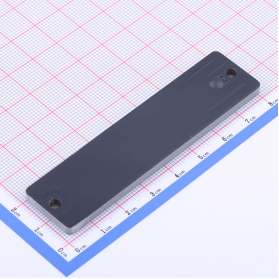
2. Bluetooth
Bluetooth is a widely-used short-range wireless communication technology found in devices like Bluetooth headphones and speakers. Typically, Bluetooth operates within a range of 10 meters, although the latest Bluetooth 5.0 standard allows for distances up to 100 meters. Its main feature is enabling portable communication devices and computers to connect without cables, making it popular in smart wearables, smart homes, and automotive IoT applications.
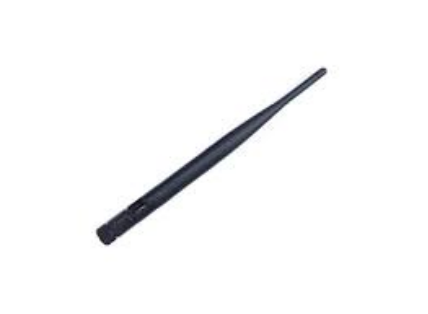
3. WiFi
Most people are familiar with WiFi, as nearly every household has a WiFi network. WiFi acts as an interface between wired internet and wireless local area networks, with communication based on the IEEE 802.11 protocol. Over time, it has evolved through several generations, from 802.11a to the latest 802.11be.
The 2.4 GHz band supports standards such as 802.11b/g/n/ax, while the 5 GHz band supports standards like 802.11a/n/ac/ax, enabling dual-band compatibility for faster wireless transmission over medium distances, making it ideal for various mobile devices.
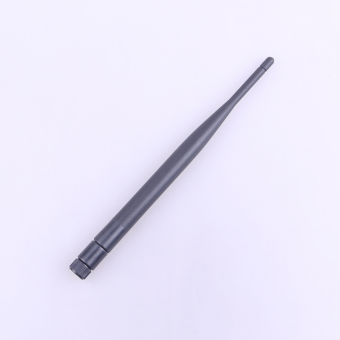
4. ZigBee
ZigBee, also known as the "Purple Bee" technology in China, is a low-speed, short-range wireless network protocol that operates on the IEEE 802.15.4 standard. Its main features include low speed, low power consumption, low cost, support for numerous online nodes, various network topologies, low complexity, and high reliability.
ZigBee typically covers distances between 10 to 100 meters, which can extend to 1 to 3 kilometers with increased transmission power. Its frequency bands include 2.4 GHz (widely used globally), 915 MHz, and 868 MHz (used in regions like the U.S. and Europe), making it popular in various smart home devices.

5. LoRa
LoRa (Long Range Radio) is a low-power wide-area network (LPWAN) wireless standard developed by Semtech. It addresses the challenge of balancing power consumption with transmission distance. LoRa allows for long-range communication while maintaining low power consumption.
Using chirp spread spectrum (CSS) modulation, LoRa effectively transmits data over considerable distances, making it suitable for applications in smart cities, agricultural monitoring, and industrial automation.
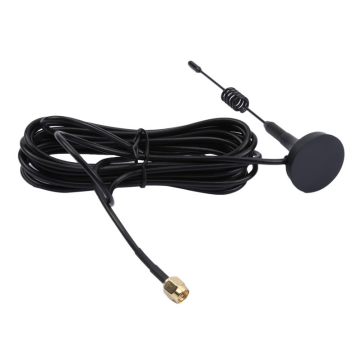
6. NB-IoT
Narrow Band Internet of Things (NB-IoT) is built on cellular networks, consuming approximately 180 kHz of bandwidth, and can be directly deployed on GSM, UMTS, or LTE networks for cost-effective upgrades. NB-IoT focuses on low-power wide-area (LPWA) IoT applications, providing extensive coverage, numerous connections, fast speeds, low costs, and low power consumption.
This technology is often applied in smart city projects and devices like bike-sharing systems.
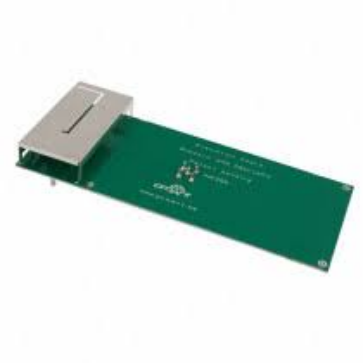
When designing IoT devices, it’s essential to select the appropriate wireless communication technology based on their operational characteristics and application scenarios to ensure optimal performance.
ii.Types of Antennas for IoT Devices
When choosing an antenna type, factors such as operational frequency, coverage area, cost, and size should be considered. Common types of antennas used in IoT devices include:
1. Whip Antennas
Whip antennas are flexible, vertical rod-shaped antennas whose length is related to the frequency, typically measuring 1/4 or 1/2 wavelength. Although larger in size, they provide excellent radiation performance and have been used in early mobile phones, walkie-talkies, and automotive antennas.

2. Patch Antennas
Also known as microstrip antennas, patch antennas consist of a dielectric substrate, a radiation element, and a ground plane. The design is versatile and can be adapted to various shapes and polarization methods, including circularly polarized antennas used in satellite communications.
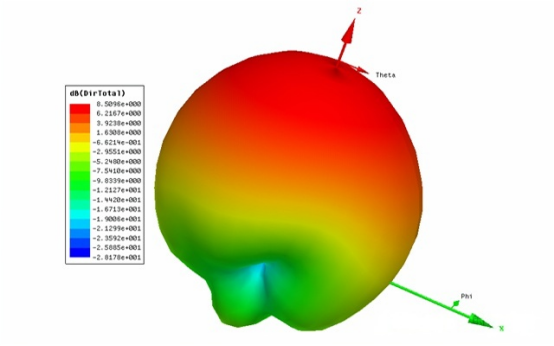
3. PCB Antennas
PCB antennas utilize the traces on a printed circuit board (PCB) to create an antenna. They can be designed in various forms, such as straight lines, inverted F-shapes, or serpentine patterns. PCB antennas are popular in IoT devices due to their high integration and low cost.
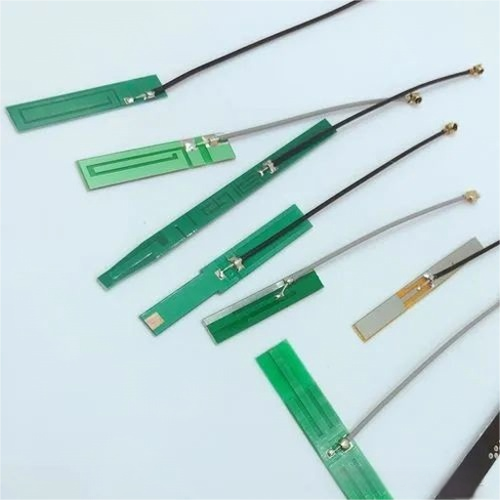
4. Chip Antennas
With the advancement of Antenna-in-Package (AiP) technology, chip antennas are increasingly integrated directly onto circuits or even within chips themselves. They are especially useful for millimeter-wave applications, thanks to their compact size.
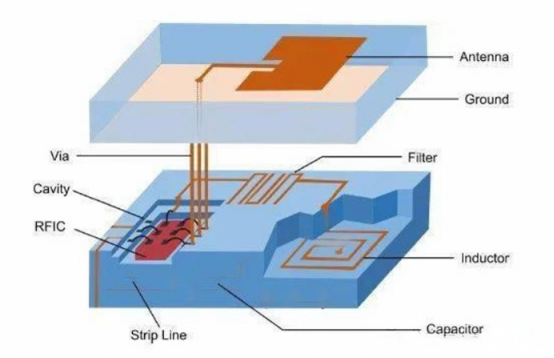
Conclusion
With the diverse range of antennas available for IoT applications, selecting the right one is crucial. Kinghelm offers high-quality antennas designed specifically for various IoT applications, ensuring robust performance and reliability. Whether you’re looking for whip antennas, patch antennas, or PCB antennas, Kinghelm has the solutions to meet your needs.
Explore our selection of Kinghelm antennas today and discover how they can enhance your IoT projects. With a commitment to quality and innovation, Kinghelm is your trusted partner in building a connected world.
Disclaimer: The information above is sourced entirely from the internet and does not represent the views of this account. If there are any infringements or objections, please contact us for removal.
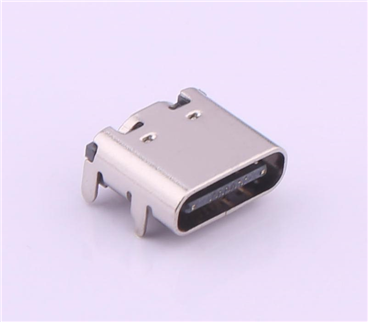
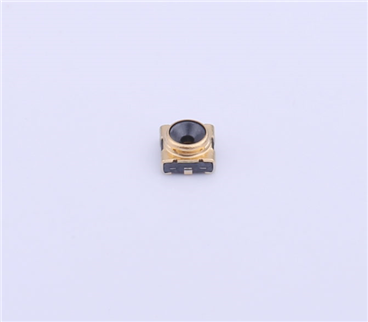
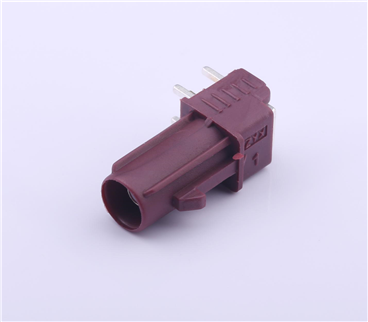
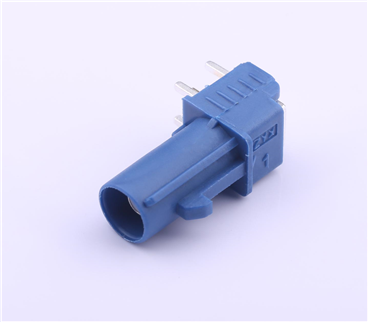
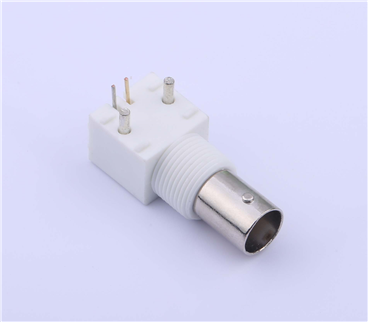
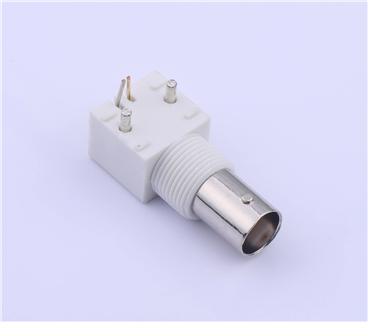
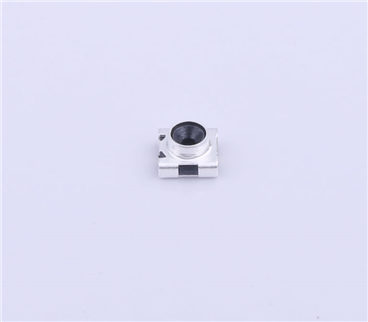
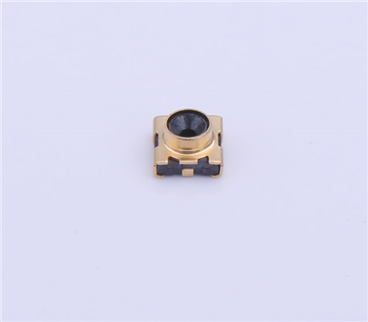
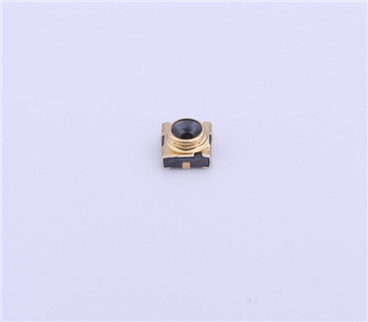

Copyright © Shenzhen Kinghelm Electronics Co., Ltd. all rights reservedYue ICP Bei No. 17113853